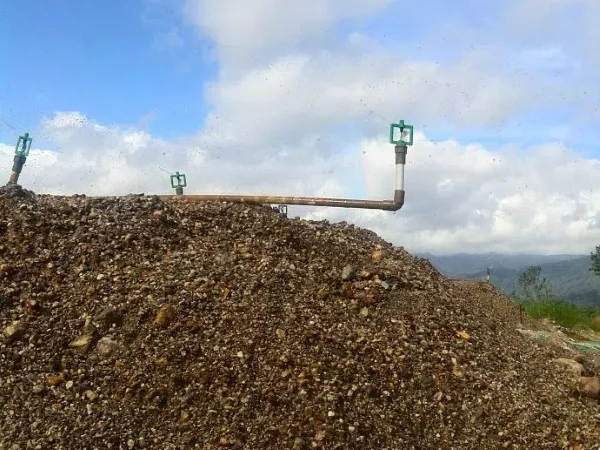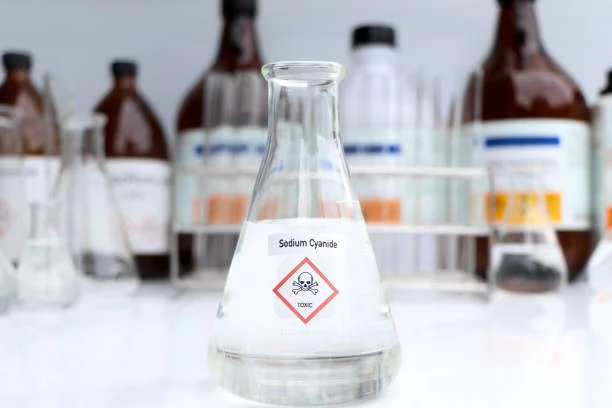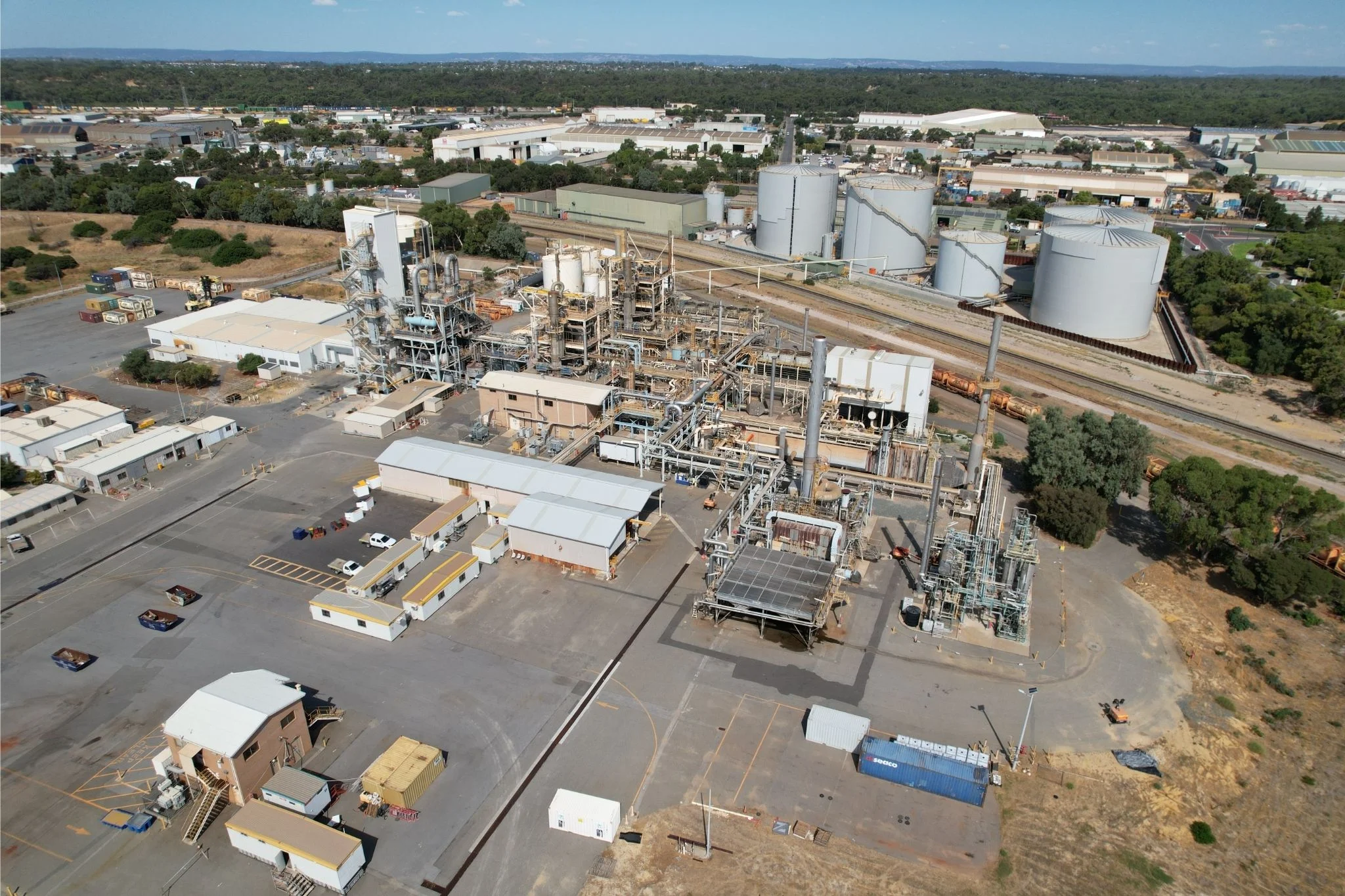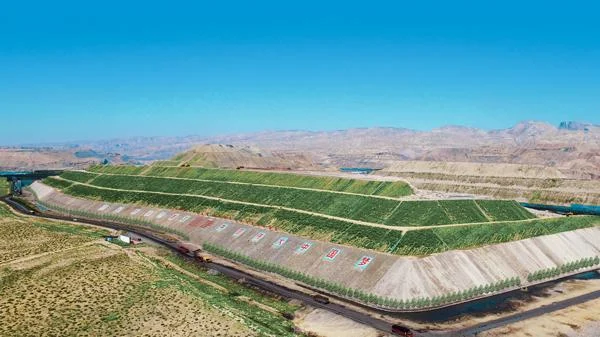
In the field of gold mining and extraction, the cyanidation process stands as one of the most widely used methods for recovering gold from ores. Sodium cyanide, a key reagent in this process, plays a crucial role in dissolving gold and making it accessible for further recovery. However, the concentration of the sodium cyanide solution used can have a significant impact on the efficiency of gold extraction. This article delves into the relationship between sodium cyanide solution concentration and gold extraction efficiency, exploring the underlying mechanisms and practical implications.
The Cyanidation Process: A Brief Overview
The cyanidation process relies on the ability of cyanide ions to form stable complexes with gold. In the presence of oxygen, a chemical reaction occurs where gold in the ore reacts with cyanide ions in the solution, resulting in the formation of a soluble gold-cyanide complex. This reaction is a two-step process. First, oxygen oxidizes gold, turning it into a gold(I) ion. Then, this ion combines with cyanide ions to create a stable gold-cyanide complex. Oxygen is essential for this reaction to take place, as it acts as an oxidizing agent that helps dissolve gold.
The Influence of Sodium Cyanide Concentration on Gold Extraction Efficiency
Optimal Concentration Range
Research and practical experience have shown that there is an ideal concentration range for sodium cyanide solution to achieve efficient gold extraction. Generally, for most situations, a sodium cyanide concentration between 0.05% - 0.1% (weight per volume) is considered suitable for obtaining good gold extraction rates. This range strikes a balance between how quickly gold dissolves and the cost of using the cyanide reagent.
Low Concentration Effects
When the concentration of sodium cyanide is too low, gold extraction efficiency drops significantly. With limited cyanide ions available in the solution, the formation of the gold-cyanide complex occurs at a slower pace. This means it takes longer for gold to dissolve, and in some cases, gold in the ore may not fully dissolve. For example, in a study on heap leaching low-grade gold ores, reducing the sodium cyanide concentration from the optimal 0.1% to 0.02% led to the gold leaching rate decreasing from 70% to less than 50% within the same leaching period. This shows that a sub-optimal cyanide concentration can cause a substantial loss in gold recovery.
High Concentration Effects
Conversely, using a sodium cyanide solution with an excessively high concentration also negatively impacts gold extraction efficiency. While higher concentrations initially speed up gold dissolution due to more available cyanide ions, there are several drawbacks. Excessive cyanide can react with other components in the ore, like certain sulfide minerals, consuming cyanide in side reactions and leaving less for dissolving gold. High cyanide concentrations can increase the viscosity of the leaching solution, hindering the movement of reactants and products between the ore particles and the solution, which ultimately slows down the entire leaching process. Moreover, from an environmental and safety standpoint, high cyanide concentrations pose greater risks. Cyanide is highly toxic, and higher levels increase the potential for environmental pollution and safety hazards during mining operations.
Factors Affecting the Optimal Cyanide Concentration
Ore Characteristics
The type and properties of the gold ore being processed greatly influence the optimal sodium cyanide concentration. Different ores contain varying amounts of gold and other minerals that can interact with cyanide. Ores rich in sulfide minerals usually require higher cyanide concentrations to account for the cyanide consumed by these sulfides. In contrast, ores with a simpler mineral composition and fewer impurities can often be processed effectively with lower cyanide concentrations. The particle size of the ore also matters. Finely ground ores have a larger surface area, enabling more efficient contact between the ore and the cyanide solution, so a slightly lower cyanide concentration might be enough to achieve good gold extraction rates.
Leaching Conditions
Leaching conditions, including temperature, pH, and oxygen availability, can also affect the optimal cyanide concentration. Higher temperatures generally increase the rate of gold dissolution but also make cyanide more volatile. When operating at elevated temperatures, careful consideration is needed to balance temperature, cyanide concentration, and leaching time to ensure efficient gold extraction while minimizing cyanide losses. The pH of the leaching solution is crucial. Cyanide is more stable in alkaline solutions, and maintaining a suitable pH, typically around 9 - 11. helps prevent cyanide from decomposing into toxic hydrogen cyanide gas. Adequate oxygen supply is essential for the cyanidation reaction, and insufficient oxygen can limit gold extraction efficiency, even at the optimal cyanide concentration.
Conclusion
In conclusion, the concentration of the sodium cyanide solution is a critical factor in determining the efficiency of gold extraction through the cyanidation process. While a concentration range of 0.05% - 0.1% (w/v) is commonly recommended for most gold ores, this can vary based on the specific characteristics of the ore and leaching conditions. Both low and high cyanide concentrations can reduce gold extraction efficiency, with low concentrations causing slow and incomplete gold dissolution and high concentrations leading to issues like increased cyanide consumption in side reactions and greater environmental and safety risks. To achieve the best gold extraction efficiency, mining operators must carefully optimize the sodium cyanide concentration by thoroughly understanding the ore properties and leaching conditions. This approach maximizes gold recovery while minimizing the environmental impact and operational costs associated with the cyanidation process.
- Random article
- Popular articles
- Popular comments
- Tin ore gravity separation+roasting+magnetic separation+gravity beneficiation process
- Gold Ore Carbon Slurry Beneficiation Process
- Carbon leaching beneficiation process for gold mines
- Nickel ore magnetic separation+flotation combined process(Sulfide ore)
- Lithium ore positive flotation process
- Lithium Ore Processing: Gravity Separation and Flotation
- Zirconium Ore Processing: Gravity, Magnetic, and Electric Separation















Leave a message with your needs or comments
Add comment: